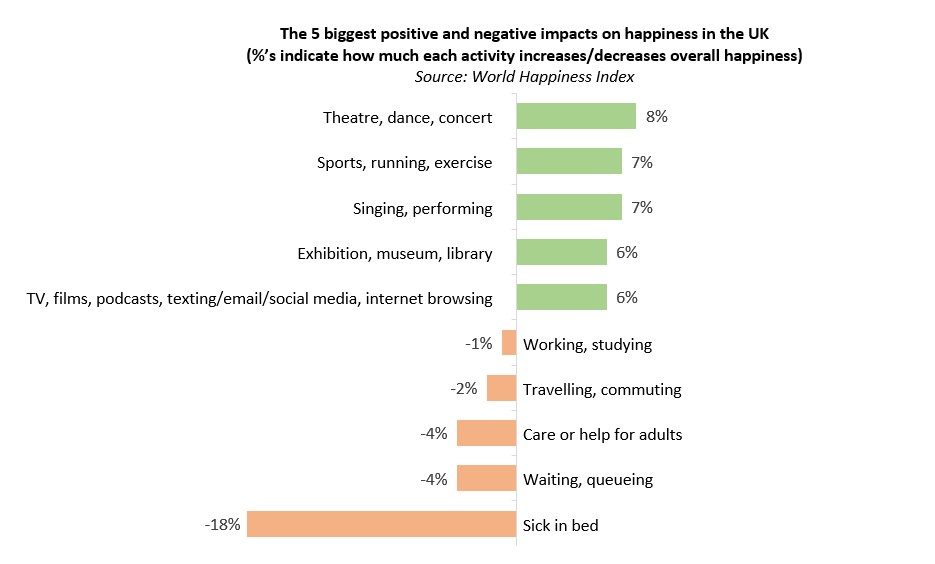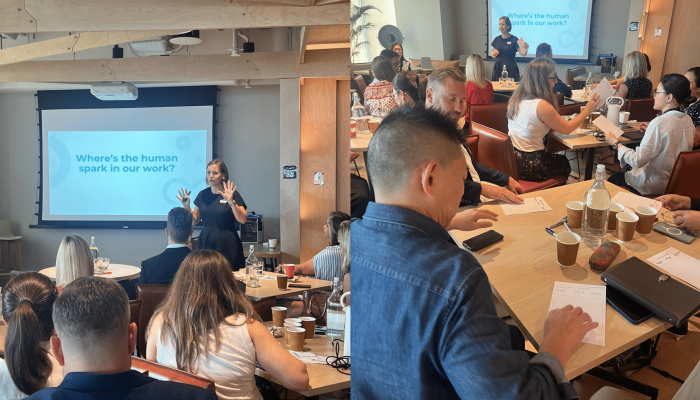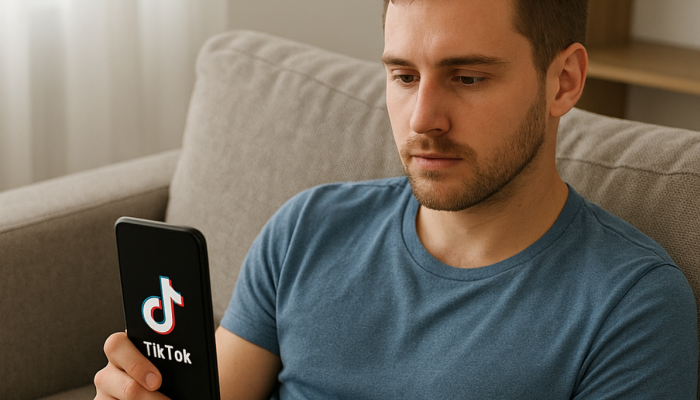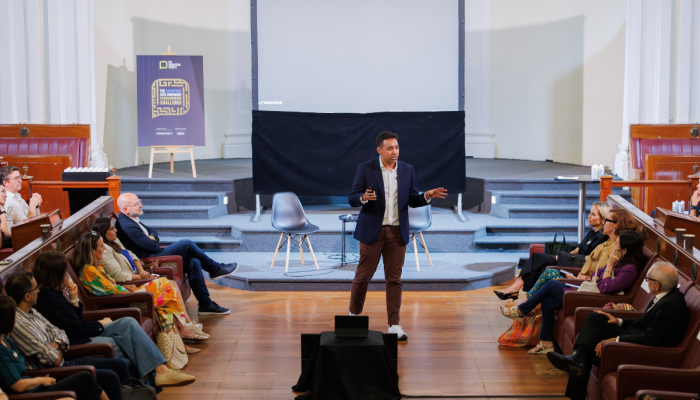How do you win at marketing? You find ways to create value. Many forms of value creation exist. But is there any form greater than giving people more of the world’s only truly finite resource – time? I’d suggest there isn’t.
That’s why to create value with marketing you must limit how much of people’s time your marketing uses. And – ideally – create ways for people to have more time to do what makes them happy.
Time is happiness
Make people happy and they’ll buy your brand. Make people unhappy and they won’t buy your brand. But how can your marketing make people happy?
The World Happiness Index measures how the time spent doing 43 activities impacts people’s happiness. Engaging with marketing isn’t one of them.

But marketing often facilitates happiness inducing activities. After all, how else do we become aware of concerts or know what running equipment to buy?
However, marketing also interrupts times of happiness. Watching TV, internet browsing, podcasts and watching sports can increase our happiness levels by 6%. However, these are all awash with marketing-based interruptions.
Marketing also usually causes the 2nd biggest detractor of happiness – waiting and queuing. In this instance, marketing is guilty of stealing people’s time. And in doing so marketing is reducing happiness – the ultimate value destroyer. So how can we prevent this?
Firstly, by remembering brands exist to save time
This is because brand’s core existence is to give people a mental shortcut to enable ‘good enough’ decision making. And in doing so – save time.
This is why you invest in physical and mental availability – to speed-up people’s decision making towards buying your brand. However, too often marketing stops creating time-based value after an initial sale. And we need to change this. But how?
By putting time saving in your ‘long’ term brand plan
The long of Binet & Field’s famed ‘Long and Short of It’ tells us that building a brand in the long term involves creating an emotional connection between brand and customer. And time has the potential to help forge this connection according to research from Joseph Paton.
This is because Dopamine neurons control our perceptions of time. Dopamine is the key part in our brain’s rewards system. Dopamine’s release creates a positive association. When marketing stimulus triggers this release, it’s known as neuromarketing.
Now you – like I – may know little about neuromarketing. But we’re all in the business of building positive associations for our brands. And we can create Dopamine releases and build positive brand associations by how we impact perceptions of time. And best of all, it’s pretty simple…
….Dopamine’s role is to act as a reinforcement signal. We remember when we’re rewarded, and we seek out the same moment that rewarded us again. When a reward comes earlier than expected, it triggers a Dopamine release. If a moment delays a Dopamine release, our brain will seek to avoid that moment again.
Therefore, if you save people’s time when they’re not expecting it, you’ll trigger a Dopamine release. Positive brand associations will follow.
And do you want another reason you should save people’s time? Because it’s something your competitors are investing in.
57% of you plan on saving people’s time this year
Chances are your competitors are part of the 57% of marketers (according to WARC) who are focussing on creating a quality customer experience this year.
But what is customer experience really? I don’t think we really know. One source suggests there’s 15 different definitions!
But if we believe the World Happiness Index, quality customer experience is: 1) letting people do the activities that make them happy and 2) reducing how long people have to spend doing things that reduces their happiness.
And do you want the good news?
You have time saving technology already
And have done for some time. Personalisation, UX design and eCommerce exist to save people time by attracting them to your brand and sell to them as quickly as possible.
However, the marketing tools that can save people time are far simpler than UX design or using big data to personalise your offering. These are:
- Humility - Your brands are a huge part of your life. But often not other people’s. Let’s remember that hundreds of brands market to the same person – each marketing interaction nibbling away at an individual’s time and happiness. This means you need to consider….
- Saying No - Strategy is about saying ‘no’. And there’s plenty we can say ‘no’ to if we want to create value by giving people more time. For example, we need to say no to:
- Advertising in places where people go to escape marketing
- Trying to communicate to people too often, too confusingly
- Trying to replace people with chatbots that take twice as long to interact with
Yes, this list could go on into more detail and more complexity. But that isn’t necessary. Why? Because in this instance it’s simplicity that defines:
- Marketing’s aim – to create value
- How marketing can do it – caring more about how much of people’s time we consume
And because I care about your time, we’ll end here…..



